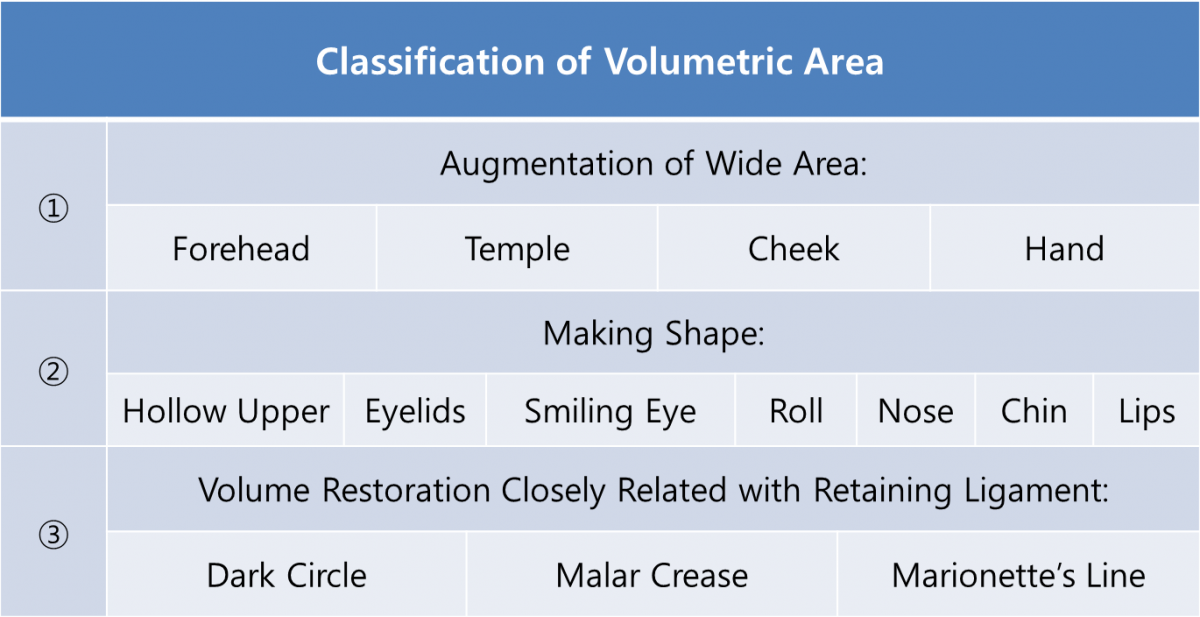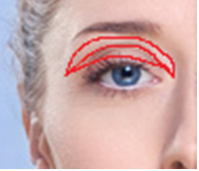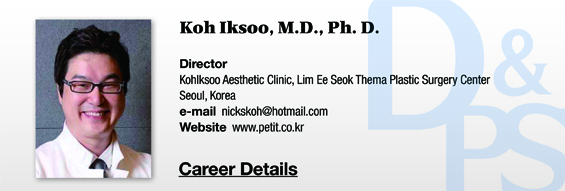
Table 1. Classification of dermal filler procedures.
Continued from our discussions in the last article, we will take a look at shaping techniques for dermal filler procedures. Shaping is carried out in the hollow area of the upper eyelid, nose, cheek and for pretarsal augmentation of the lower lid, etc.
Hollow upper eyelid
The hollow upper eyelid is a very difficult area even for the most seasoned specialists of dermal filler procedures. As the eye area is subject to a lot of movement, great deal of precision is required. This area is particularly prone to complications such as awkward eyelid movement or lumps.
The periocular fat is sealed in by the septum. As the fat inside the septum loses volume with age, a ring of hollowness forms around the eyes. Most doctors mistakenly believe that the filler should be injected into the intraorbital fat. The levator palpebrae superioris muscle, involved in the opening and closing of the eye, passes in this layer and injecting the filler into the intraorbital fat can cause coagulation of the filler or infection which could cause muscle damage and serious inflammation.
In principle, the filler should be injected outside the septum but this is not without problems. As the skin is very thin in this area, the injected filler’s shape could be clearly visible and felt from the outside. The key is to inject continuously in the right layer.
HELIOSⅡ/LOTUSⅡ/HYPERION – Manufacturer: LASEROPTEK(www.laseroptek.com)
This is easier said than done. In wedge-shaped eyes that droop downward, one may think the filler should be injected in the shape of a wedge, to match the eyes. However, the eye is subject to continuous movement and the outline of the filler could be readily visible. It is important to consider this and inject the filler in a smooth continuum and fading toward the corner of the eye. It is very important to preserve the functionality of the eyes.
A simple tip is setting the deepest area and low limits before injection. It may help understanding to think of applying Koh`s technique discussed in the previous article to a narrower area. Hold down both sides and feel with your two fingers as you inject the filler to smoothly spread into a continuous bar shape. This area requires a great deal of experience, training and precision due to the very thin skin.
Choosing the right filler is also very important. The golden rule of choosing the filler is to match the hardness of the surrounding tissues with that of the filler. As the eye area has thin, soft skin, a soft filler should be used. However, fillers that are too soft such as Retylane Vital may not retain the desired shape. I recommend Restylane for the eye area.

Figure 1. Predetermine the deepest area and low limits for hollow upper eyelid procedure with dermal filler.
-To be continued





















